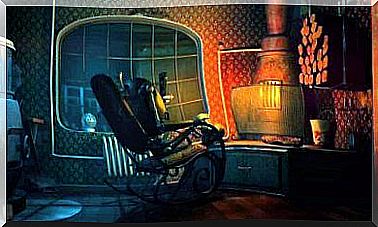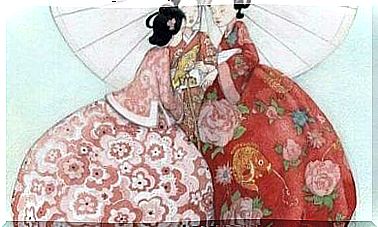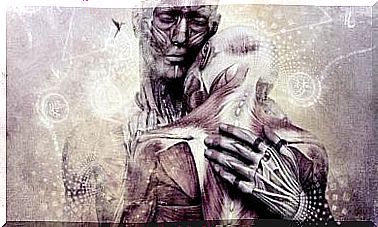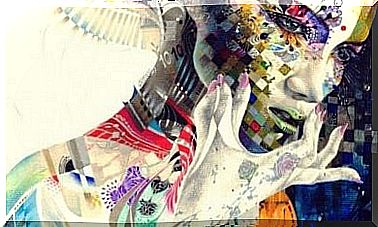Cognitive Bias: When We (not) Think, We Are Wrong

We make many decisions every day, most of them at great speed, almost without thinking. The truth is, we rarely evaluate the consequences of every option that comes to mind. On some occasions, especially when we believe such decisions are important, we value the information we have in order to find the best option. But one aspect we hardly take into account when making a decision is that cognitive biases affect the solutions we imagine and give. They are dangerous, as they can lead us to make unrealistic decisions.
However, cognitive biases and heuristics are not negative, indeed we could say that they are “mental shortcuts” (sometimes a bit deceptive, yes). We use the word “shortcuts”, because we use them to save cognitive resources, mental energy.
For example, if every time I go to a place, I waste half an hour thinking about which is the most appropriate drink, evaluating each ingredient individually and together, I will end up getting tired and I will waste time that I could have invested in something else. For this reason, heuristics and cognitive biases make our thinking faster, saving us cognitive resources that we will use in other important activities.

Two systems of thought
According to Daniel Kahneman, there are two systems of thought. This psychologist talks about two systems of thought which he calls “fast thinking” and “slow thinking”.
The first system usually operates below our level of consciousness. Emotions greatly affect this form of thought and, frequently, it generates stereotyped thoughts. It has the function of generating insights that can help us, but also deceive us.
The second system corresponds to slow thinking, less frequent and requiring more effort. This thought is produced in a conscious way and is, as opposed to fast thinking, logical and calculating. Its main function is to make final decisions after observing and analyzing the intuitions proposed by fast thinking.
Usually the first system is dominant, that is, we normally let ourselves be guided by fast thinking. A trend that has several repercussions, such as reaching hasty conclusions, exaggerating the effect of first impressions, confusing cause-and-effect relationships, and relying too much on the data we know (without taking into account other available data).
Heuristics of thought
A heuristic is considered a shortcut to active mental processes and, therefore, is a measure by which to save mental resources. Since our cognitive capacity is limited, we distribute the resources at our disposal, dedicating a greater amount to the elements (worries, activities, people, etc.) that require more mental work.
We can walk without paying attention, but if the walk is bumpy and we think we can trip and fall, we will allocate more cognitive resources, namely attention, in order to watch where we put our feet. Among the existing heuristics, the most important are:
- Availability heuristic: it is used to estimate the probability that an event will occur, for this purpose we rely on previous information in our possession. People who watch television a lot, given the large amount of violent scenes, believe that many more crimes occur than those who watch less television.
- Simulation heuristic: is the tendency to estimate the probabilities of an event based on what is easy to imagine. More probabilities are attributed to what is easier to imagine. When an attack is made, it is easier to think that it was the jihadists rather than a group that attacks less frequently or whose modus operandi is usually different.
- Anchor heuristic: used to clarify uncertainties by referring to a starting point, the anchor, which we then adapt to reach a final conclusion. If my team won the championship last year, I will think that this year they are more likely to win it again, even though they have only won once.
- Representativeness heuristic: deduces on the probability that a stimulus (person, action, event) belongs to a certain category. If a person has been a model student in science and after a few years we see him wearing a lab coat, we assume that he works in the health sector, not in a butcher shop, but we don’t really know.
Cognitive bias
Cognitive biases are psychological effects that distort thoughts. Like heuristics, biases have the function of saving cognitive resources. While biases cannot lead to serious mistakes, in certain contexts they lead us to make faster and more effective decisions. Among the best known cognitive biases we find:
- Confeme bias: is the tendency to investigate or interpret information that confirms preconceptions. If we have invested in the stock market, we will look for opinions in the press, blogs and forums that confirm our investment ideas, ignoring any comments to the contrary. Similarly, if we buy a car, we will look for opinion articles that highlight its positive characteristics, thus giving validity to our decision.
- False Consensus Bias: This is the tendency to believe that one’s opinions, beliefs, beliefs and habits are more widespread among the rest of the population than they really are. If I am not in favor of the death penalty, I will think that most of my fellow countrymen have the same opinion.
- Matching Bias: Best known as a fundamental attribution error, it is the tendency to overemphasize other people’s explanations, behaviors, or personal experiences. If a partner does not pass an exam carried out together, under the same conditions, I will probably attribute this result to his laziness and his lack of interest in studies.
- Retrospective or retrospective bias: it is the inclination to see past events as foreseeable. When a colleague is fired, we tell him we already knew it was going to happen, because the company was going through a bad time. However, before they fired him, we wouldn’t have predicted it.
Knowing cognitive biases and heuristics makes us more efficient in making decisions. Although difficult to avoid, sometimes impossible, biases can be reduced by knowing how they and consciousness work. Evaluating all alternatives and seeking information that supports and contradicts our initial beliefs is one way to reduce them. Also, avoiding biases can make our thinking more creative.









